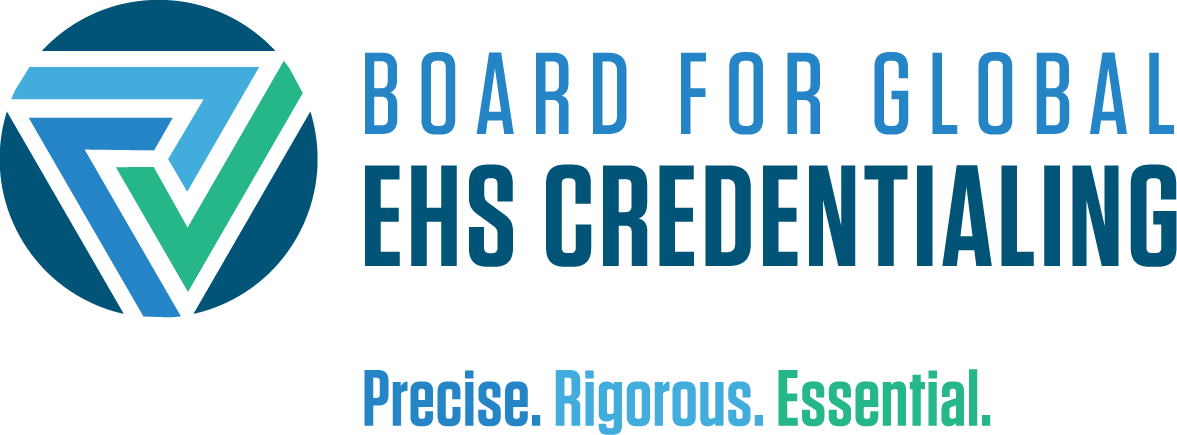Preparing for the CPSA Exam
The BGC Board encourages you to consider your knowledge and experience and to assess your recognized strengths and weaknesses. Self-study, specific training, and group discussions are recognized methods of improving perceived weaknesses. However, the Board does not endorse or support specific training courses, study guides, or other activities that are intended or purported to be prepared for its examinations.
Publications and References
BGC examination questions are supported by many sources that reflect the underlying purposes and principles of process safety auditing as well as the current knowledge that is expected of the product steward. Frequently cited resources are provided below, but the list is not exhaustive:
Publications
- Fleeger, Allan K., ed. Realizing the Full Business Value of Process safety auditing. Falls Church: AIHA Process safety auditing Society, 2016.
- Hart, Gailen (Gail) A., ed. Professional Practices of Process safety auditing. Falls Church: AIHA Process safety auditing Society, 2018.
Standards
- United States Government. Toxic Substances Control Act of 1976 (TOSCA), 15 U.S.C. §2601 et seq. (1976). US Government Printing Office, 1976.
- European Parliament and of the Council. Regulation (EC) No 1907/2006 of the European Parliament and of the Council. Brussels: Publications Office of the European Union, 2006.
Websites
- European Chemical Agency (ECHA). 2020.
Sample Questions
The following are provided to familiarize you with the nature and form of questions that may be found in the Board’s examinations. Their subject matter and level of difficulty do not necessarily reflect the content of BGC examinations.
- Which of the following is not a basic element common to most audit program manuals:
- Objectives
- Scope
- Subjects to be audited
- Names of qualified auditors
- The staff assigned to conduct an audit should:
- Be comprised of members with a master’s level or equivalent educational background.
- Demonstrate overall aptitude in a multitude of industries.
- Have qualifications commensurate with the scope and complexities of the audit assigned.
- Be comprised only of members with QEP, CIH, or CSP professional certification.
- An auditor finds evidence in the facility files that directly contradicts a statement made by the EHS coordinator. The EHS coordinator refuses to admit his error and comes to the audit team leader and states that the audit team is free to review files, but no more interviews will be granted to that auditor. The best first course of action for the audit team leader in this situation is:
- Contact the audit program director for assistance in resolving the conflict.
- Work with the EHS coordinator to try to resolve the conflict.
- Replace the auditor.
- End the audit.
- Under ISO 19011 (which superseded ISO 14010), the auditors of a management system must be objective, independent, and competent. Which of the following circumstances would least fit the ISO requirement for independence and objectivity where compliance with a Corporate Standard was being evaluated at a site?
- The auditor wrote the Corporate Standard for the subject s/he is auditing.
- The auditor developed the Corporate Guidelines on how to implement the Standard for the subject s/he is auditing.
- The auditor works at a plant in a different division and has to implement the Corporate Standard at his/her own plant.
- The auditor is an outside consultant who assisted in developing the Corporate Standard.
CPSA Candidate Handbook






